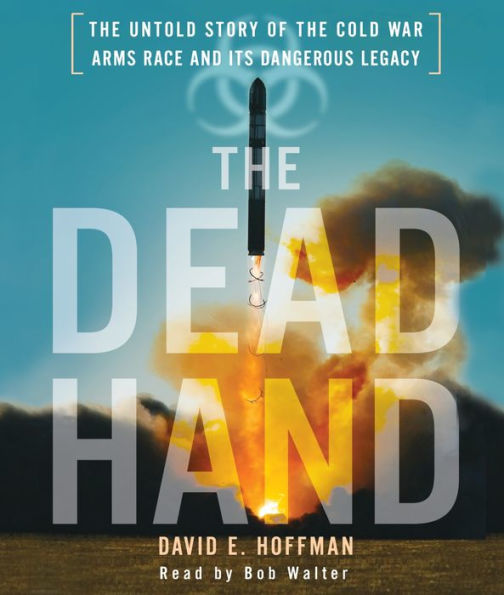[Hoffman] delivers a readable, many-tentacled account of the decades-long military standoff between the United States and the Soviet Union. He touches the usual bases, from the dawn of mutual assured destruction through the Nixon-era attempts at detente to Reagan's unshakable devotion to the Strategic Defense Initiative, a k a Star Wars. What's particularly valuable about Mr. Hoffman's book, however, is the skill with which he narrows his focus (and his indefatigable reporting) down to a few essential areas. Thanks to interviews and new documents, he provides the fullest—and quite frankly the most terrifying—account to date of the enormous and covert Soviet biological weapons program, developed in defiance of international treaties at the same time that the Soviets appeared to be earnestly interested in reducing their weapons stockpile.
—The New York Times
5
1

The Dead Hand: The Untold Story of the Cold War Arms Race and its Dangerous Legacy

The Dead Hand: The Untold Story of the Cold War Arms Race and its Dangerous Legacy
FREE
with a B&N Audiobooks Subscription
Or Pay
$27.50
27.5
In Stock

Editorial Reviews
Product Details
| BN ID: | 2940171788179 |
|---|---|
| Publisher: | Penguin Random House |
| Publication date: | 09/22/2009 |
| Edition description: | Unabridged |
Videos

From the B&N Reads Blog
